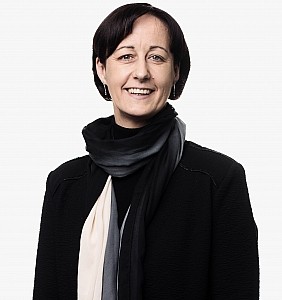FAQ
What is a European patent?
Each country has its own patent legislation regulating the application and granting of patents in that country. However, there are also international conventions which facilitate obtaining corresponding patents in several countries. For the countries in Europe, this is the European Patent Convention.
This convention concerns a common patent granting procedure for a large number of European countries. These are currently the 39 Member States (October 2022): Albania, Belgium, Bulgaria, Cyprus, Denmark, Germany, Estonia, Finland, France, Greece, United Kingdom, Hungary, Iceland, Ireland, Italy, Croatia, Latvia, Liechtenstein, Lithuania, Luxembourg, Macedonia, Malta, Monaco, Montenegro, Netherlands, Norway, Austria, Poland, Portugal, Romania, San Marino, Serbia, Slovakia, Slovenia, Spain, Czech Republic, Turkey, Sweden and Switzerland.
In all these countries, a patent can be obtained in two ways: directly through the national route or indirectly through the European route. After a European patent application has been granted by the European Patent Office, the patent can be validated in the aforementioned European countries, subject to payment of filing fees and annual fees.
In the future there will be a unified European patent (the so-called ‘Unitary Patent’). This is a European Community patent which will be valid in the participating Member States of the European Union.
Do you have a question?
We would be happy to assist you.
Make an appointment with one of our experts.
Rest assured, you're not alone.
Feel free to browse through the FAQ and don't hesitate to
contact us if you still have any doubts.




